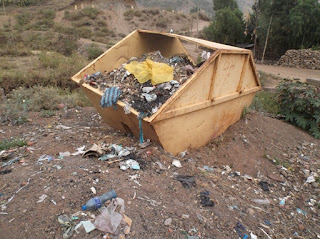When it comes to land development,
environmental conservation, or construction projects in New South Wales,
Detailed Site Investigation (DSI) and Preliminary Site Investigation (PSI) play
pivotal roles in ensuring the success of your endeavor. These two essential
processes help you understand the condition of your site, assess potential risks,
and make informed decisions that can save you time, money, and, most
importantly, protect the environment.
Detailed Site Investigation (DSI) in
NSW
Detailed Site Investigation NSW involves a comprehensive and in-depth
analysis of a site's geological and environmental conditions. It is often
conducted in the later stages of project planning, typically after PSI. Here's
why DSI is crucial:
Detailed Data
Collection:
DSI aims to gather detailed information about the site, such as soil
properties, groundwater quality, geotechnical conditions, and potential
contamination. This extensive data collection allows you to understand the
complexities of the site better.
Risk Assessment: With a comprehensive dataset, you can
identify potential risks, such as soil contamination, unstable ground
conditions, or groundwater issues. This knowledge is vital for ensuring the
safety of workers and the surrounding environment.
Customized
Solutions:
DSI provides the data needed to develop site-specific solutions and mitigation strategies.
It enables you to design engineering controls and remediation plans tailored to
the unique challenges of your site.
Regulatory
Compliance:
Meeting environmental regulations is a fundamental requirement for any project
in NSW. DSI helps you comply with these regulations by assessing environmental
impacts and providing the necessary documentation.
Preliminary Site Investigation (PSI) in
NSW
Preliminary Site Investigation NSW is typically the first step in the site
investigation process. It is a fundamental phase that sets the groundwork for
further actions. Here's why PSI is critical:
Early Risk
Identification:
PSI helps identify potential environmental and geotechnical risks early in the
project, allowing you to make informed decisions during the planning phase.
Cost Savings: By addressing issues at the beginning
of a project, you can avoid costly surprises later on. PSI helps you estimate
the potential remediation costs and include them in your budget.






